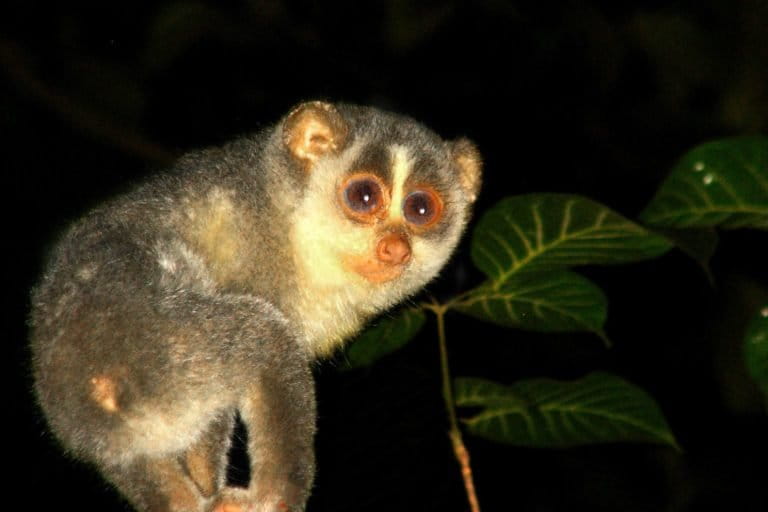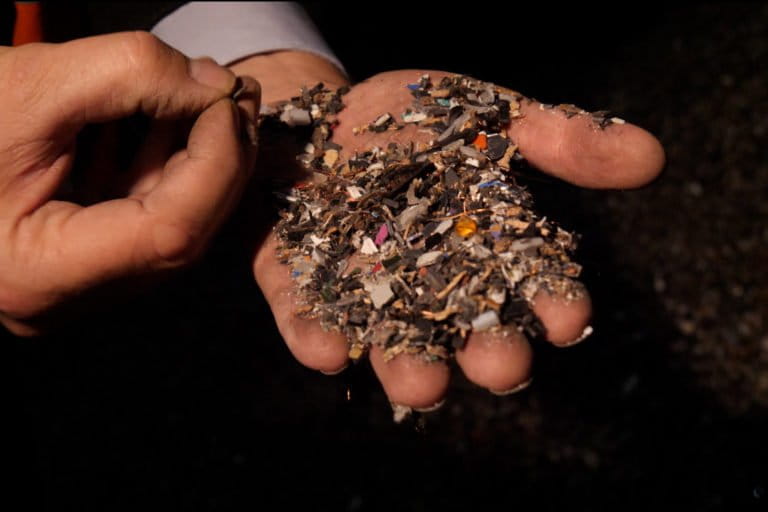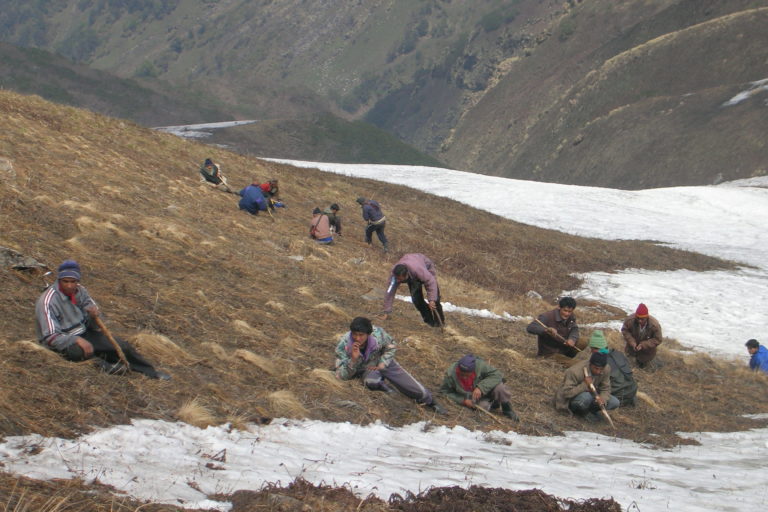This week’s environment and conservation news stories rolled into one.
To receive a weekly email with a roundup of our stories, please sign-up for our newsletter.
[Commentary] Onam is a day to remember the environment to economics connect in Kerala
Onam, a traditional harvest festival in Kerala and a day of celebrations, has been marred by natural disasters and economic crises in the past few years.
The wild side of India’s educational campuses
India’s higher education campuses are home to diverse wildlife species, warranting management to ensure their survival.
[Explainer] The why and how of disposing electronic waste
India generates about 3 million tonnes (MT) of e-waste annually. The 4 R method of reuse, repair, recycle, and research is a way consumers can manage e-waste.
Resettlement is a voluntary option for families in Wayanad Wildlife Sanctuary
Human-wildlife conflict and lack of education facilities were key drivers for communities seeking to relocate from Wayanad Wildlife Sanctuary.
The bugyals or Himalayan alpine meadows: a treasure trove endangered
The Himalayan alpine meadows, considered hotspots of Himalayan biodiversity, harbour several endemic species of plants and animals.
How Rhizophora mangroves on Car Nicobar islands fought back a rapid sea-level rise in 2004 tsunami
The mangroves were resilient to the sudden level rise and land subsidence during the 2004 Sumatra-Andaman earthquake.
India’s first two ‘Tsunami Ready’ villages
Noliasahi and Venkatraipur villages in Odisha have been declared “Tsunami Ready” as part of a UNESCO-implemented programme.
Revival and absence of Bengaluru’s traditional crop varieties
Current food habits in Bengaluru have evolved. But the revival of ragi through local cafes and farmer organisations shows food movements are cyclic.
Chennai’s Adyar river shows signs of recovery after years of government investment
Adyar is one of the three rivers that flow through the city. While Cooum and Adyar are so polluted that they are considered dead rivers, Kosasthalaiyar is comparatively less polluted.
With depleting fish catch, Sundarbans fishers migrate to other coastal states
Migration of traditional fishers our of Sundarbans is fuelled by the depleting fish catch.









